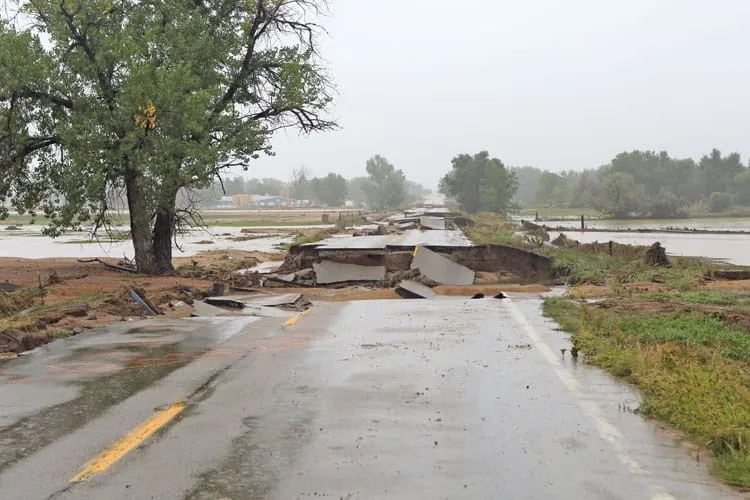A year later, a long road back

The Colorado Office of Emergency Management now estimates the damage toll for the September 2013 floods to be $3 billion.
That number is as difficult to track as it is to contain, as property owners continue to see new flood-related issues arise a year after a weeklong, thousand-year rainstorm ravaged much of the Front Range – particularly Boulder County and Northern Colorado.
“The damage estimates keep growing,” said Val Beck, communications director for the Colorado Recovery Office.
The disaster took the lives of nine people. Hundreds of residents still find themselves displaced, or perhaps permanently removed from their destroyed homes.
Every locale also boasts…
THIS ARTICLE IS FOR SUBSCRIBERS ONLY
Continue reading for less than $3 per week!
Get a month of award-winning local business news, trends and insights
Access award-winning content today!
